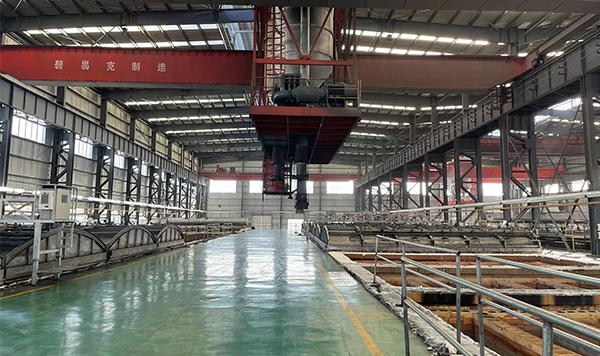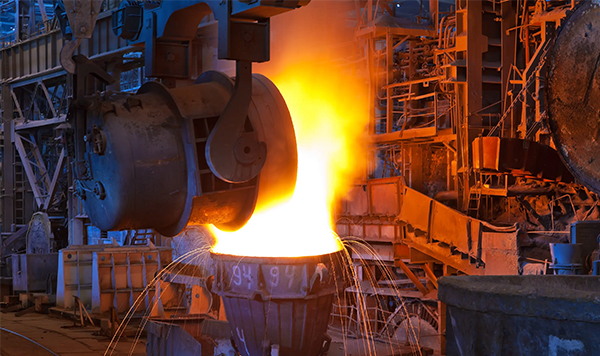Graphite electrodes are indispensable key components in the steel smelting and electric furnace casting processes. When manufacturing these highly specialized products, the length of the production cycle is directly related to the efficiency of the factory, the delivery time of the order, and the quality of the final product. This article will delve into the production cycle of graphite electrodes and explore how to strike a balance between efficiency and quality to meet market demand.
Overview of the graphite electrode production cycle
The production cycle of graphite electrodes covers multiple key steps, from raw material procurement to delivery of final products, each step requiring highly specialized technology and equipment. The following is an overview of a typical production cycle:
Raw material procurement:
The main raw materials for graphite electrodes are graphite and coke, which usually require careful selection and processing. The quality and availability of raw materials play a key role in the production cycle.
Molding and sintering:
The graphite slurry is made into a prefabricated billet of graphite electrodes through a molding process, and then sintered at high temperature to obtain the required physical properties.
Machining and Grinding:
Sintered electrodes require mechanical machining and surface grinding to ensure precise dimensions and surface quality.
Performance testing: Each electrode needs to undergo rigorous performance testing, including conductivity, thermal expansion coefficient, etc., to ensure that its quality meets standards
Packaging and Delivery:
Completed electrodes are packaged and delivered to the customer as ordered.
Technology level:
Advanced technology and equipment can speed up the manufacturing process and improve production efficiency.
Raw material quality and supply chain:
High-quality raw materials and a stable supply chain help reduce delays in the production cycle.
Order Volume and Complexity:
High-volume orders typically require more time to process, while complex electrode designs may require additional processing steps.
Quality Control and Testing:
Strict quality control and testing procedures may increase production cycle time, but also ensure product consistency and performance.
Balancing efficiency and quality
While pursuing shorter production cycles, manufacturers must maintain a strong focus on product quality. This can be achieved through the adoption of lean production principles, automation technology, quality management systems and continuous improvement of production processes.
In addition, developing close working relationships with customers and understanding their needs and timelines can help optimize production cycles. Customized solutions and flexible delivery plans can meet different customer requirements.
in conclusion
The production cycle of graphite electrodes is a complex process affected by many factors. Manufacturers need to constantly strive to strike a balance between efficiency and quality to meet market demand. By using modern production methods and technologies, as well as working closely with customers, shorter production cycles can be achieved while ensuring high product quality. This not only helps meet customer needs but also improves competitiveness and business success.







